Introduction
As with many manufacturers, Hyundai is increasingly investing more resources into crossovers and SUVs – these models proving to be the best-sellers for the brand. At the same time many firms are turning their backs on the city car market, with a swathe of current models not likely to be renewed.
But Hyundai still firmly believes the humble city car has a place, and its latest third-generation i10 aims to show this with a smarter look, more space and improved technology.
It’s also lower and wider than before – helping to give it a sportier appearance – while an all-new cabin aims to reflect that of Hyundais further up to the range. It’s also been brimmed with safety tech – something that will be a hit to the model’s younger audience. But does it prove to be a compelling proposition to buyers?
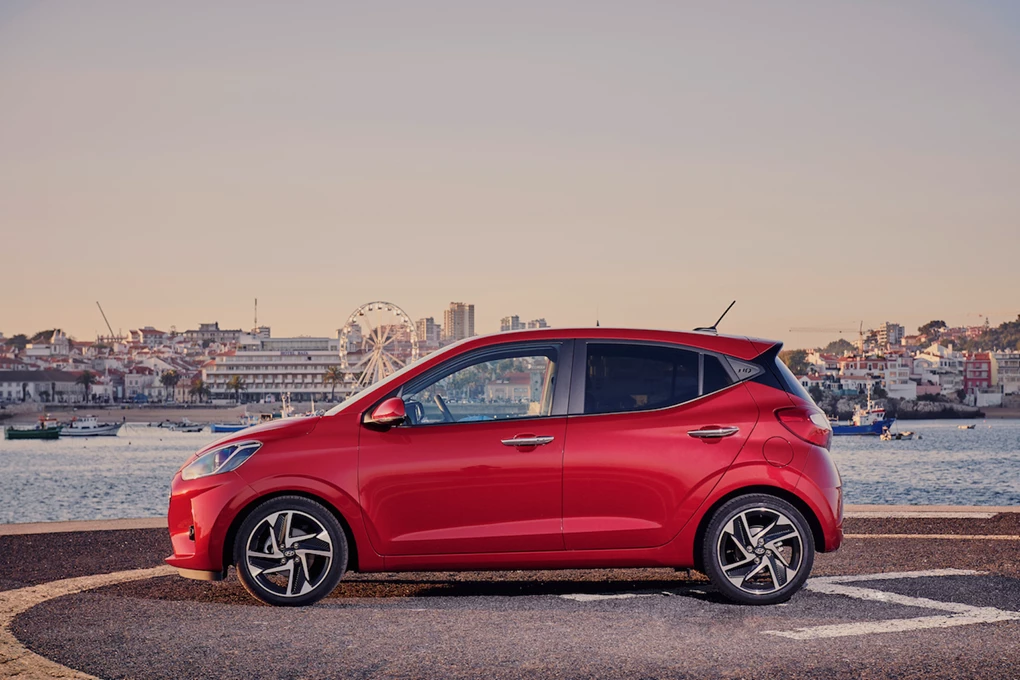
Performance
Hyundai has kept the engine line-up the same as the previous i10 – meaning there’s the choice of a 1.0- or 1.2-litre petrol engine, both of which are naturally aspirated.
We’re testing the less powerful 1.0-litre, which produces just 66bbhp and 96Nm of torque. Unsurprisingly with low power figures like those, this isn’t a model designed for performance, with the i10 taking 14.4seconds to hit 60mph, and reaching a claimed top speed of 97mph. Power is delivered to the front wheels through a five-speed manual gearbox.
However, it does deliver the efficiency front, with claimed fuel economy figures of 56.5mpg, and CO2 emissions of 101g/km – meaning it’s likely to be exceptionally cheap to run.
If you undertake longer journeys and require a bit of extra performance, the 83bhp 1.2-litre is a better fit – cutting the 0-60mph time down to 12.4 seconds.
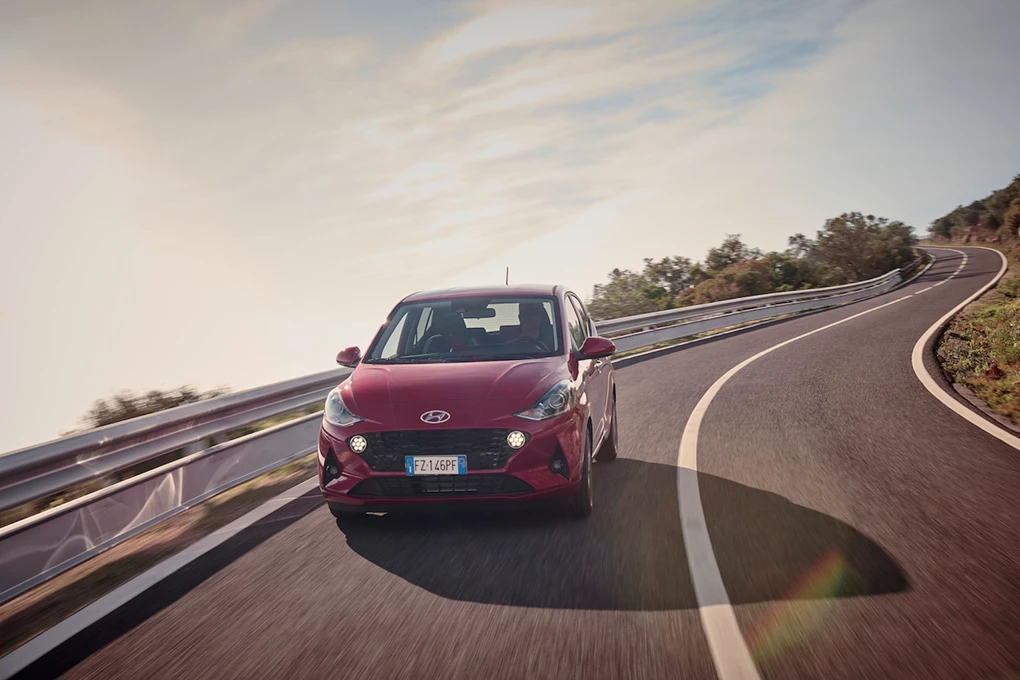
Ride and handling
When it comes to city cars, the expectation is that they’ll be easy and simple to drive, and the i10 delivers in both of those fronts. It’s a doddle to drive around town, with light controls and eager engine responding well here. Under hard acceleration out of town it feels lethargic, though that’s to be expected from a car with minimal power.
One area that really impresses about the i10, though, is how it performs at motorway speeds, as it feels far more composed and refined than you would expect, though admittedly it does take some time to get up to higher
speeds. An automatic is available, though unless you really need it, we’d avoid this as it’s slow and sluggish and really brings down the overall driving experience. Choosing the manual gearbox is a much better idea.
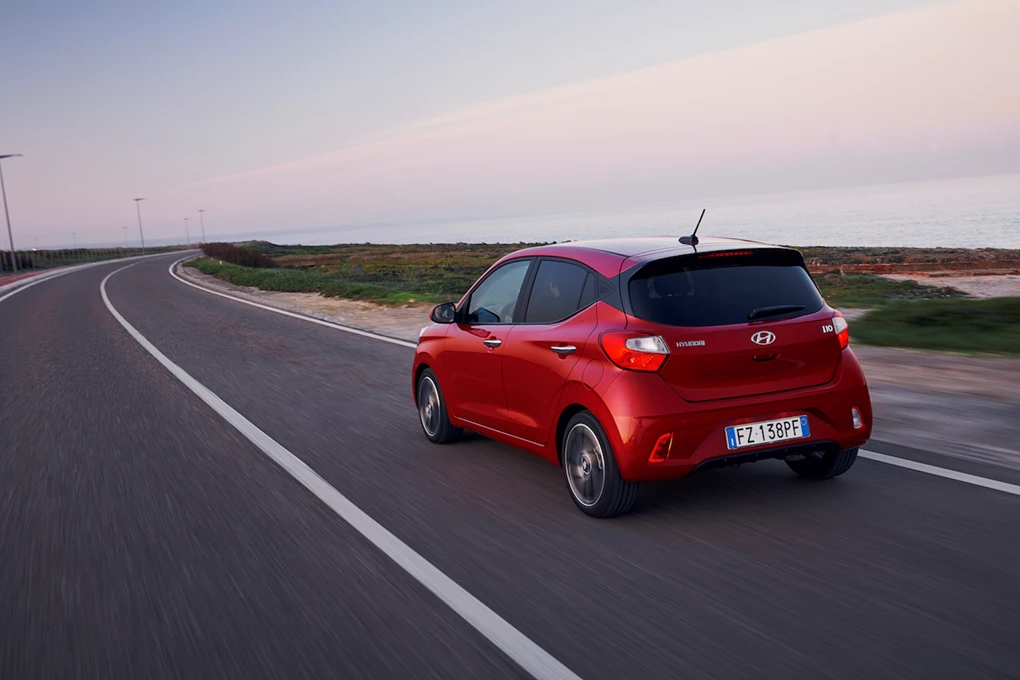
Interior and equipment
Hyundai has vastly improved the i10’s interior, and given it a more upmarket feel than ever before. It really doesn’t look too dissimilar to that of far more expensive models like the i30, with a simple layout, plenty of technology and an easy-to-use touchscreen featuring. Thanks to boosted connected services, the i10 is now class-leading in this area. Material quality is unsurprisingly not particularly luxurious, though the harder plastics used are still hardwearing and resistant to abuse.
It’s also impressively spacious, being one of the few city cars available with five seats, rather than four. Rear headroom and legroom are surprisingly generous for a small car, too, while a 252-litre boot is a good size, and close to that of some larger superminis.
Hyundai has ditched the ‘S’ version, meaning the range starts with the rather well-equipped SE, which features Bluetooth, air-conditioning, cruise control and a whole host of impressive driver assistance technology.
SE Connect is the pick of the range, though, bringing an eight-inch touchscreen with smartphone mirroring and a reversing camera.
If you fancy something a bit more upmarket, try the Premium, which gains 16-inch alloy wheels, heated front seats, a heated steering wheel and LED daytime running lights.
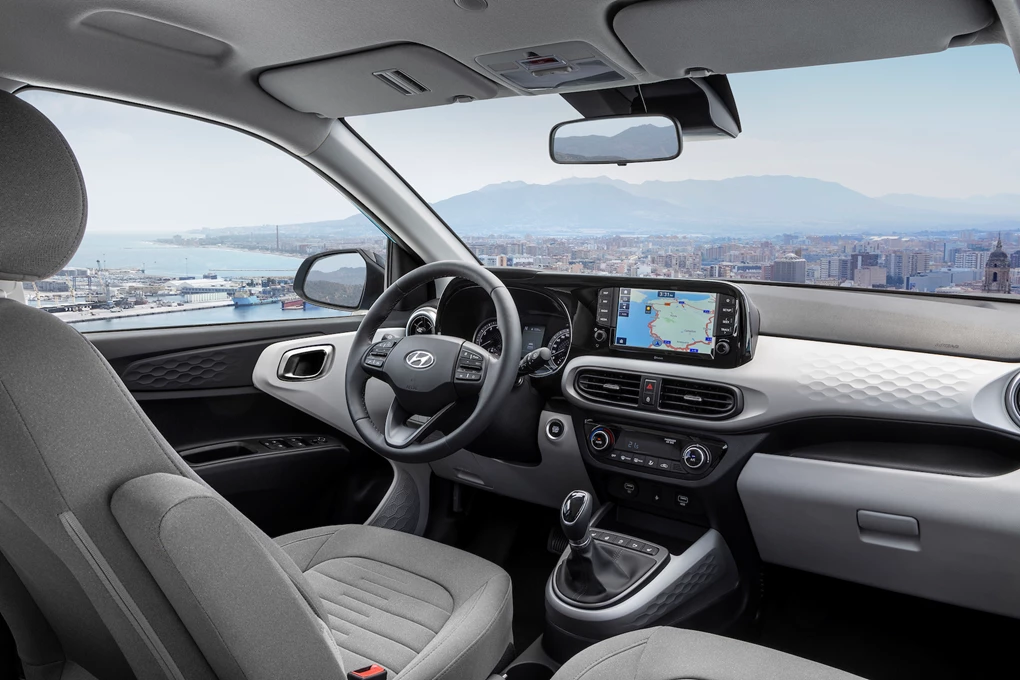
Cost
With all this extra space and technology, it’s not surprising that prices have risen quite noticeably to £12,495, though that does get you an impressively well-rounded city car and plenty of kit. For the more powerful 1.2-litre petrol engine, you’ll have to spend £13,995. However, range-topping models can cost considerably over £15,000, which is a lot of money for a city car.
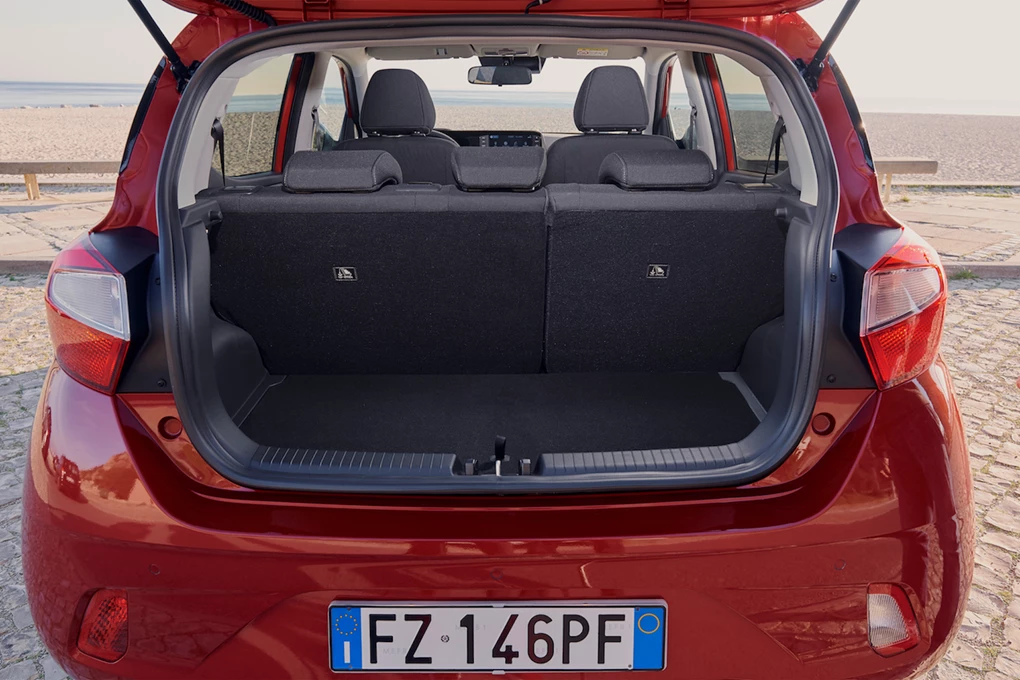
Verdict
The new Hyundai i10 is exactly what you should expect from a city car, but also so much more in the process. It remains easy to pilot around town but also gains added safety kit and technology - though you might have to splash out on the top models to gain access to the latter.
The 1.0-litre petrol engine might feel rather slow, but you really shouldn’t need more than that in a car of this size. Providing you don’t need a lot of space, and aren’t concerned about having the flashiest of interiors, it could be all the car you ever need.




